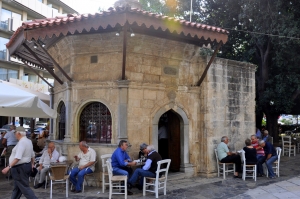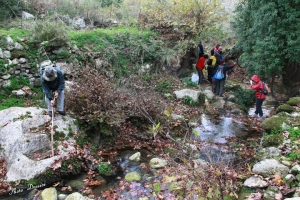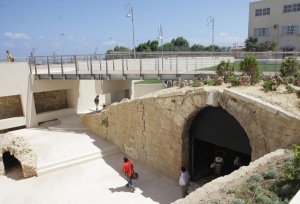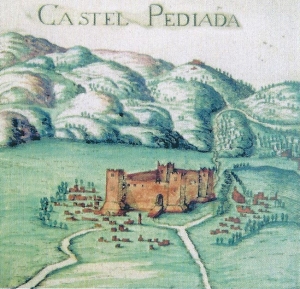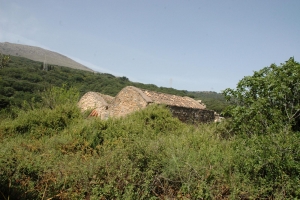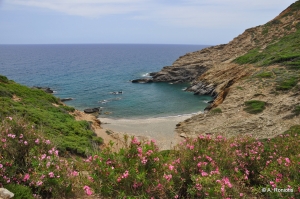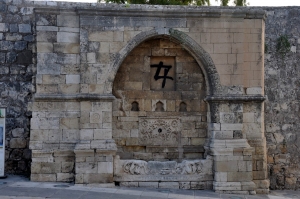At the neighborhood Ligaras of the historic village Kavoussi we meet the impressive Byzantine church of the Holy Apostles . Ligaras gets its name after the hydrophylic plant ligaria as there is a spring (kavousi) that waters the village. Ligaras is the oldest neighborhood of Kavousi, which over the centuries developed around this spring.
The sebil of Kornarou Square, which now houses a municipal coffee shop, was built in 1776 by Hadji Ibrahim Aga who spent his entire fortune on its maintenance. It is a polygonal building with arched windows. Under each window there was a tap and a stone trough.
This route offers some nice views of the fertile hinterland of Rethymnon, mainly using dirt and paved roads. The route starts from Agios Konstantinos, crosses Kalonihtis and Ano Valsamonero, before reaching Monopari, then Kastelos, and finishes at Armeni Minoan necropolis.
The Gate of the Sand (Sabionara) is located on the northwest side of the bastion Sabionara. It connected the city with the sandy beach east of the port.
The fort Castel Pediada was not built on a hill, but in the valley of the current town of Kastelli Pediados. It was mainly an administrative building, since it was housed several administrative and military authorities.
Monastery of Fraro or St. Anthony' in Simeti is located 1km west of Neapolis. It is a ruined Franciscan convent dedicated to San Antonio. The name comes from the Latin word Frari, as the meaning Franciscan friars were called.
Agios Nikolaos beach is located in a remote area just west of Bali, province Mylopotamos. The name comes after the Byzantine double-nave church of Saint Nicholas, which is located in a green creek that leads to a beautiful cove.
The fountain of Yenitsar Aga is located at the beginning of the Avenue Ikarou, below the epigraphy collection and opposite the Archaeological Museum. It was originally embeded outside a beautiful mansion on the corner of the streets Markou Avgeri and Paleologou, which was demolished in 1980.





